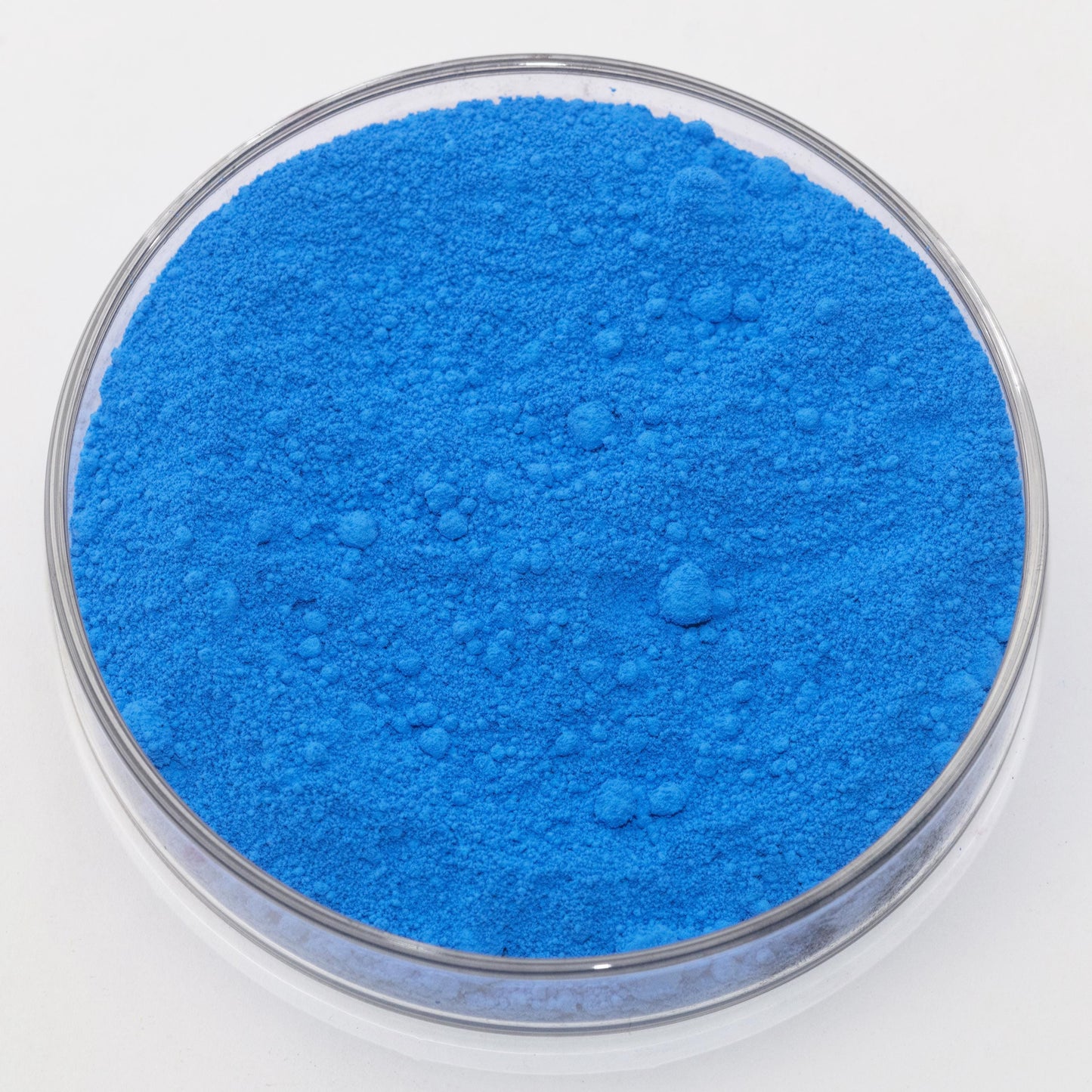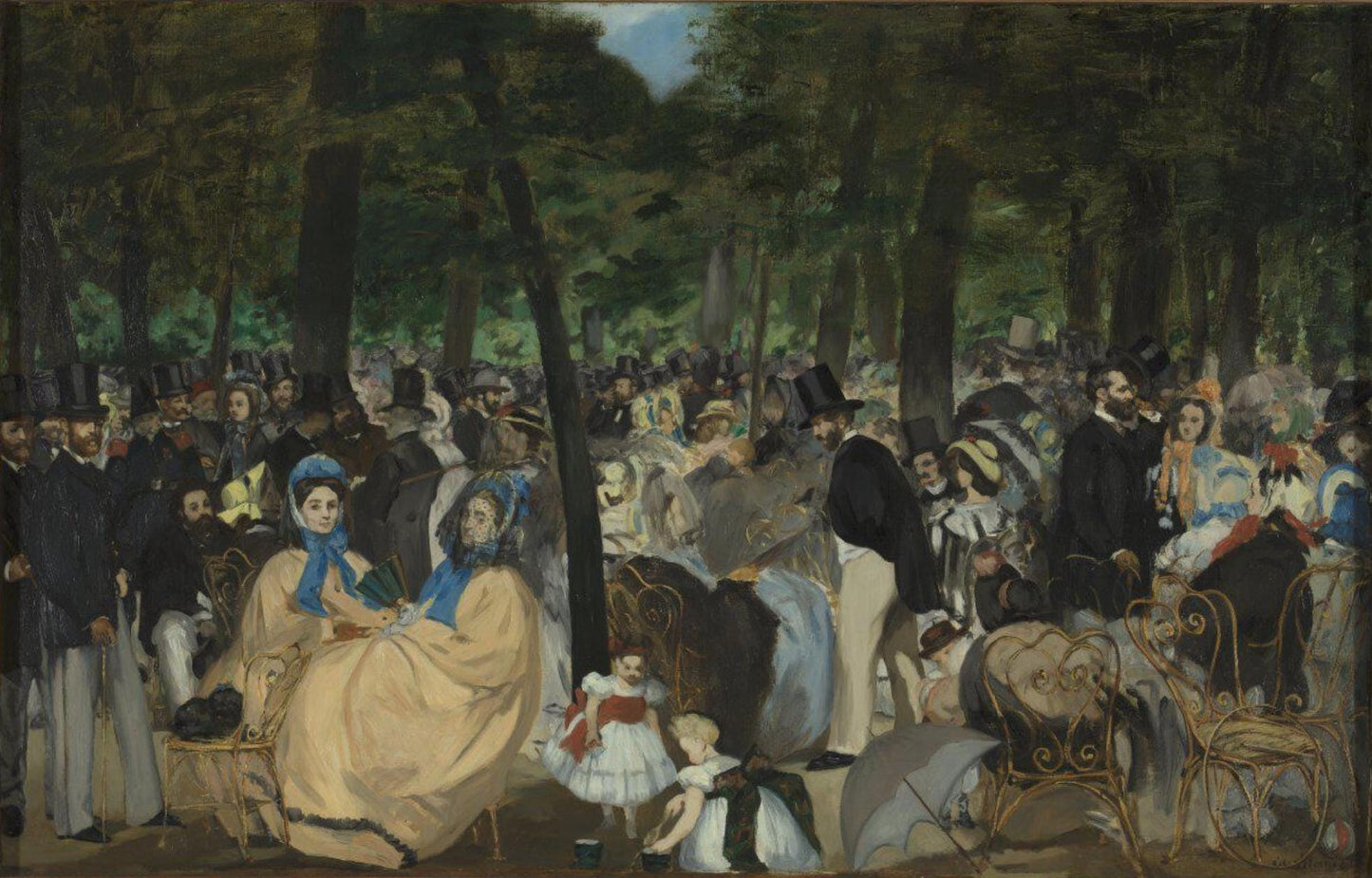Cobalt Blue
Cobalt Blue
Couldn't load pickup availability
Share



Description
Cobalt Blue is a created single pigment made through a process of high-temperature calcination, producing a stable and vibrant blue hue. This pigment is derived from reacting cobalt oxide with aluminum oxide, creating an exceptionally durable and brilliant blue. Unlike other blues such as Ultramarine, Cobalt Blue is known for its clear, bright, luminous quality, excellent opacity, and smooth handling properties.
Cobalt Blue has exceptional lightfastness, making it highly durable for both classical and contemporary artwork. It blends seamlessly with other pigments, offering rich, natural blues in painting. Its semi-opaque quality allows for excellent layering, depth, and shading in oil, watercolor, and tempera applications. Compared to other blues such as Phthalo Blue or Prussian Blue, it provides a more clear chroma, making it ideal for landscapes, skies, portraits, and abstract works.
History
Blue pigments have been highly valued for thousands of years, with early civilizations using lapis lazuli and azurite to create blue hues for art and decoration.
During antiquity, natural blue pigments were costly and rare, with Egyptian Blue and ground lapis lazuli being the primary sources. These natural blues were difficult to obtain and limited to high-status artworks and royal commissions. Small amounts of cobalt were used in Egypt in ground glass called smalt.
In 1802, Cobalt Blue was first synthesized by the French chemist Louis Jacques Thénard. He discovered that firing cobalt salts with alumina produced a stable, brilliant blue. This innovation provided artists with a permanent and affordable alternative to natural lapis lazuli.
By the 19th and early 20th centuries, Cobalt Blue became widely used in fine art and ceramic applications. Artists such as J.M.W. Turner, Claude Monet, and Pierre-Auguste Renoir used Cobalt Blue for skies, water, and atmospheric effects, appreciating its soft yet intense chroma. In the pictured artwork 'Music in the Tuileries Gardens' by Edouard Manet, the bright blue of the women's opulent scarves in the front are rich cobalt blue mixed with white.
Today, Cobalt Blue remains a standard pigment in professional artist palettes due to its historical significance, stability, and unique color properties. It is widely used in oil, acrylic, and watercolor painting, as well as ceramics and glassmaking.
Health and Safety
Warnings:
HARMFUL IF SWALLOWED.
INHALATION CAUSES RESPIRATORY ILLNESS.
CANCER AGENT BY INHALATION.
INHALATION MAY CAUSE LUNG DAMAGE.
Contains: COBALT, LEAD.
Precautions:
Keep out of reach of children and pets.
Do not consume.
Not for cosmetic or food usage.
Do not spray apply.
For further health information contact a poison control center.
Use care when handling dry pigments and avoid dust formation.
Use particular caution with fibrous, fine, or toxic pigments.
Do not eat, drink, or smoke near dry pigments.
Avoid breathing in pigment dust and use a NIOSH-certified dust respirator with sufficient rating for dry pigment.
Wash hands immediately after use or handling.
If dust is likely, always wear protective clothing to keep out of eyes, lungs, off skin, and out of any contact as well as keep area ventilated.
This product may contain chemicals known by the State of California to cause cancer, birth defects, or reproductive harm.
Warnings and bottle information are abbreviated.
Pigment Information
Pigment Type: Synthetic (Cobalt Aluminate) from minerals (_CoAl₂O₄_)
Suitable Mediums: Watercolor, Oil, Tempera, Acrylic
Lightfastness: Best
Opacity: Semi-opaque
Other Names: Thénard’s Blue, Cobaltous Aluminate, Mineral Blue
Color Index Code: PB28
Image: 'Music in the Tuileries Gardens' by Edouard Manet from the National Gallery



